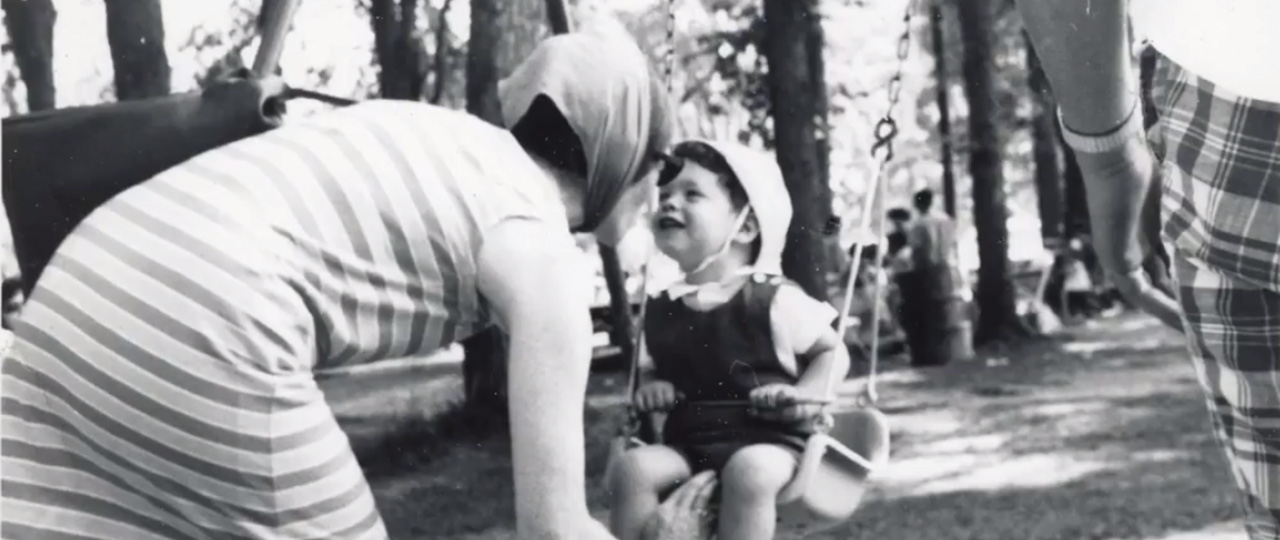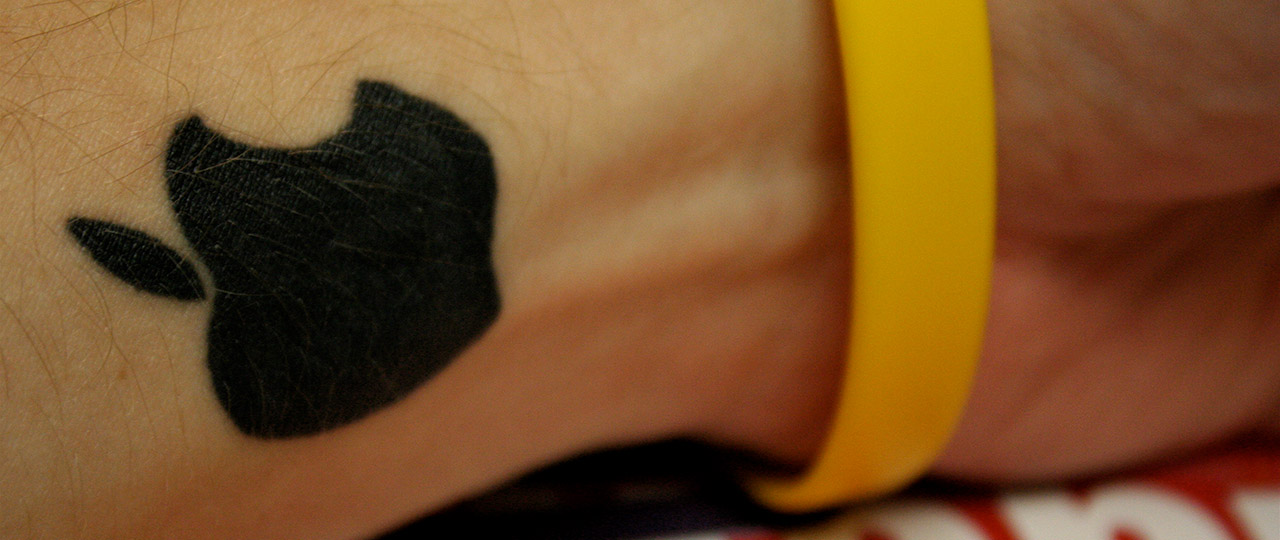For Mom
In the end, our legacy is created from the choices we make in life. How we live and love and how we touch others through our lives creates a legacy of remembrance, affection, and respect. Our gathering here today represents my mother’s legacy – the people who she loved and touched and those who loved her. While she is gone, she remains in our memories and in our stories of her. She remains when we think of what she would have thought or said about something.
For the last couple of years, while my mother was unable to really communicate, I would often smile when I noticed something and think that she would have liked that. I would also actually laugh out load sometimes when I would notice something and think she would have really hated it. For example, Mom believed that fences made from PVC were too shiny to look like wood and should therefore be banned. To this day, I chuckle every time I see one.
My mother was not perfect. She had her demons and on many days succumbed to them. But she picked her moments and picked what was important to her and that was being a mother. She chose to focus on her kids and that reflected both a personal desire and her worldview. To her, children were paramount. They deserved happiness and safety and nourishment and a bright future, full of possibilities. And she wanted to give all of that to her children.
One of the lessons I learned from Mom was the concept of unconditional love. Of course she spoke of it as the love that a mother has for her child and she meant it as an expression about how she felt about me and that she would literally do anything for me. She would sacrifice for me; she would give her life for me, if need be, without thinking twice. She would love me no matter what I did. As a small child, knowing that there was somebody in the world that would do anything to keep you safe and make you happy went so much further than just feeling good. It was the foundation upon which to see the world as full of hope and possibility. It enabled me to dream. It let me think anything was possible, that any future I wanted was possible. Because, the world was a positive place. And when I see pictures of myself as a young child, I almost always have a smile. I was a happy kid and the world was a wonder, and my mom was largely responsible for that.
My mother believed in education. Being well educated was the one of the greatest achievements one could attain. And for this egalitarian woman, who believed that all were created equally and each deserved as much as another, she still was elitist when it came to things like education. Going to a top school was important and something of which to be proud. It meant that you were good enough to do something that few people could.
I used to say that my mother believed that every child deserves a quality private school education…and it would usually get the laugh that it intended, but she really did believe that. Of course, what she really believed was that kids deserved everything they needed to be prepared for a good life. And what she meant was that every kid deserved a high quality education AS GOOD as one could only find in a private school. That is one of the reasons why she was such a supporter of Charles River School and was so involved when we were kids and students here. She volunteered and worked on committees, helped to organize the school fair in the autumn, and ultimately served on the school’s board of trustees.
I think some of her proudest moments were when I received both my undergraduate and graduate degrees from Johns Hopkins. In a funny way, those were more important accomplishments than any of my successes in business. And perhaps that came from the fact that she herself was an academic. She graduated from Northeastern University and then pursued graduate studies in Psychology at both Northeastern and Rochester University. She was just shy of earning her PhD in Psychology when I was born and she turned her attention to motherhood over completing her graduate studies. After a number of years, though, she returned to academia and the lab and began research work again. I remember going to the lab with her during my childhood. She loved it. And she was part of the advancement of knowledge, among the highest pursuits in her worldview
For many things in life, my mother was accepting of diversity, different opinions, and different ways of approaching things. But not with grammar. Mom single-handedly corrected my grammar aloud for years until whenever I was writing I would hear her corrections if I were about to construct an improper sentence. Some of my favorite times with her over the years were the rare occasions when I would catch her in a grammatical slip-up. Those were very good days.
My mother was also responsible for my love of the arts. She loved music and theater and believed they enriched her life and wanted them to enrich mine.
One of the few things we really had in common over the years was music and theatre. While there was plenty of my music that she did not care for, there was a surprising amount that she did, whether it was “that nice stuttering boy David Bowie” or even Rush. Mom actually made me take her to a Rush concert once because she liked one specific song of theirs – The Trees – a song about equality. Thank God they played it! They only have about 10 thousands songs, so the odds were against us, but it all worked out.
One of the pivotal experiences of my life was attending Charles River Creative Arts Program. I fully believe one of the big reasons I can communicate well today, both professionally and personally, is because I learned how to perform here. My mother was responsible for my attending camp here. Not only did she sign me up and deliver me here, she also fought to keep me here. When money was tight and we didn’t have enough to fund camp tuition one summer, mom went to see Nissy Dewey to ask if there was a way to make some sort of arrangement to allow Adam and me to continue to attend. That summer, Mom ran the Apple Kitchen snack bar and Adam and I continued to attend camp.
So what is my mother’s legacy? I am. Adam is. And our kids, Carol’s grandkids, are as well. Some people leave the mark of a rich career or hundreds of friends when they depart the earth. And while my mother contributed to science and certainly touched her share of friends, in the end what mattered to her most, what she ignored other parts of her life to focus on, was Adam and I.
That’s a lot of responsibility, being someone’s legacy. But I will do my best to live up to it. How we live our life and how we touch others will be our own legacy but for me those are also based on the seeds planted by my mother. To love my family unconditionally and live by the ideals that I shared with my mother, that is my job. I will honor her by trying to do just that.




 when it comes to defining the next generation of enterprise storage technology. But Actifio is delivering on them – today – with the only system purpose-built to do exactly that.”
when it comes to defining the next generation of enterprise storage technology. But Actifio is delivering on them – today – with the only system purpose-built to do exactly that.”

